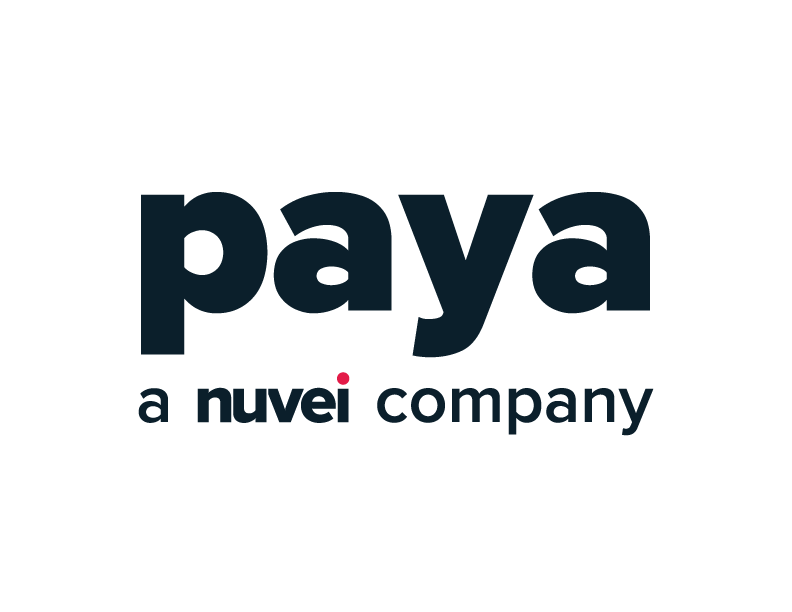Quick check: How has business been for you so far this year? Do you have a better handle on managing cash flow? Have your sales increased? Are your customers happy?
The National Federation of Independent Business’ (NFIB) survey of 700 U.S. small business owners in March 2017 shows SMBs are optimistic overall. Forty-six percent expect to see the economy improve, 18% expect to see an increase in sales, and 22% see now as a good time to expand. But what hasn’t been going so well? What have been the biggest frustrations so far? NFIB asked this question as well and we’ve got solutions for the top three challenges SMBs experienced in 2017.
Tax woes
This survey was conducted just a few weeks shy of Tax Day 2017, and with tax reform being such a hot topic in today’s political climate, it’s not surprising that tax concerns top the list. Twenty percent of respondents of the survey said tax issues were top of mind – and the reasons why probably run the gamut. But everyone wants to survive tax with much money in their pocket as they can, so here are the top hiding places for tax credits:
1. Health insurance. If you are a small employer, there is a tax credit that can put money back in your pocket. The IRS and the SBA websites have more detailed information on how you can take advantage of this tax credit.
2. Contributions. Have you donated goods or services to charitable organizations this past year? You may be eligible to take a deduction for the value of these items. Be sure to get a valuation for any non-cash items you donate so you’ll have the appropriate documentation to back-up your deduction.
3. Equipment and software. Some tangible property purchases can be fully deducted during the year you buy them under Section 179 of the Internal Revenue Code, up to $500,000. That includes off-the-shelf computer software programs and business equipment. The IRS provides information electing the deduction and what types of property are eligible.
4. Interest. If you’ve borrowed money to fund your business start-up or growth, the interest paid on those funds is deductible. Even if you have borrowed from a friend or a family member, if the loan is properly documented, you can deduct interest payments. Similarly, bank charges are also deductible.
5. Education and training expenses. You can deduct expenses paid for education to the extent permitted by law, if the education was needed to maintain or improve your skills.
Quality of labor
Sixteen percent of respondents say quality of labor is their biggest frustration, while another sixteen percent plan to hire more employees this year. Selecting the right employees is obviously an important factor in your business’ success. Recruiting the right staff does take a degree of patience, but there are some best practices to make the process a little easier:
1. Narrow your searches. If you don’t define the scope of your job candidate search you could end up leading yourself on a wild goose chase. You’re looking for a potential employee that has a certain set of skills and talents, so you wouldn’t search for just anybody. Keep in mind the position that needs filling and the requirements and qualifications it needs.
2. Use social media. Check out candidates via their LinkedIn pages and do some further delving by looking at their Facebook, Instagram or Twitter feeds if they have them. Doing this can give you a better perspective of possible candidates since many people post about their talents and interests. Obviously, you can’t learn all there is to know about a person via their online presence, but you can get a good sense of whether he or she would click with you and your office.
3. Keep a few on the back burner. If you’re recruiting for one position and interview multiple candidates for it, don’t forget about those applicants who didn’t get the job. Hold on to their resumes and contact information, because they could turn out to be solid employees in the future.
Poor sales
Increasing sales is the biggest challenge for 12% of SMBs. This is a common symptom for strategic issues, like pricing, marketing and inventory management. Could the problem also be in how you accept payments? Are you losing business because you don’t offer the payment methods customers have come to expect? Our 2018 Payments Landscape Report, a survey of over 1000 small businesses and 1000 shoppers for their take on the current state of payments, shows 87% of shoppers say the easier a merchant makes the purchasing process, the more likely they will choose that store over their competition. This could be the year you re-evaluate if and how you accept non-cash payments, like mobile wallets and online payments.
